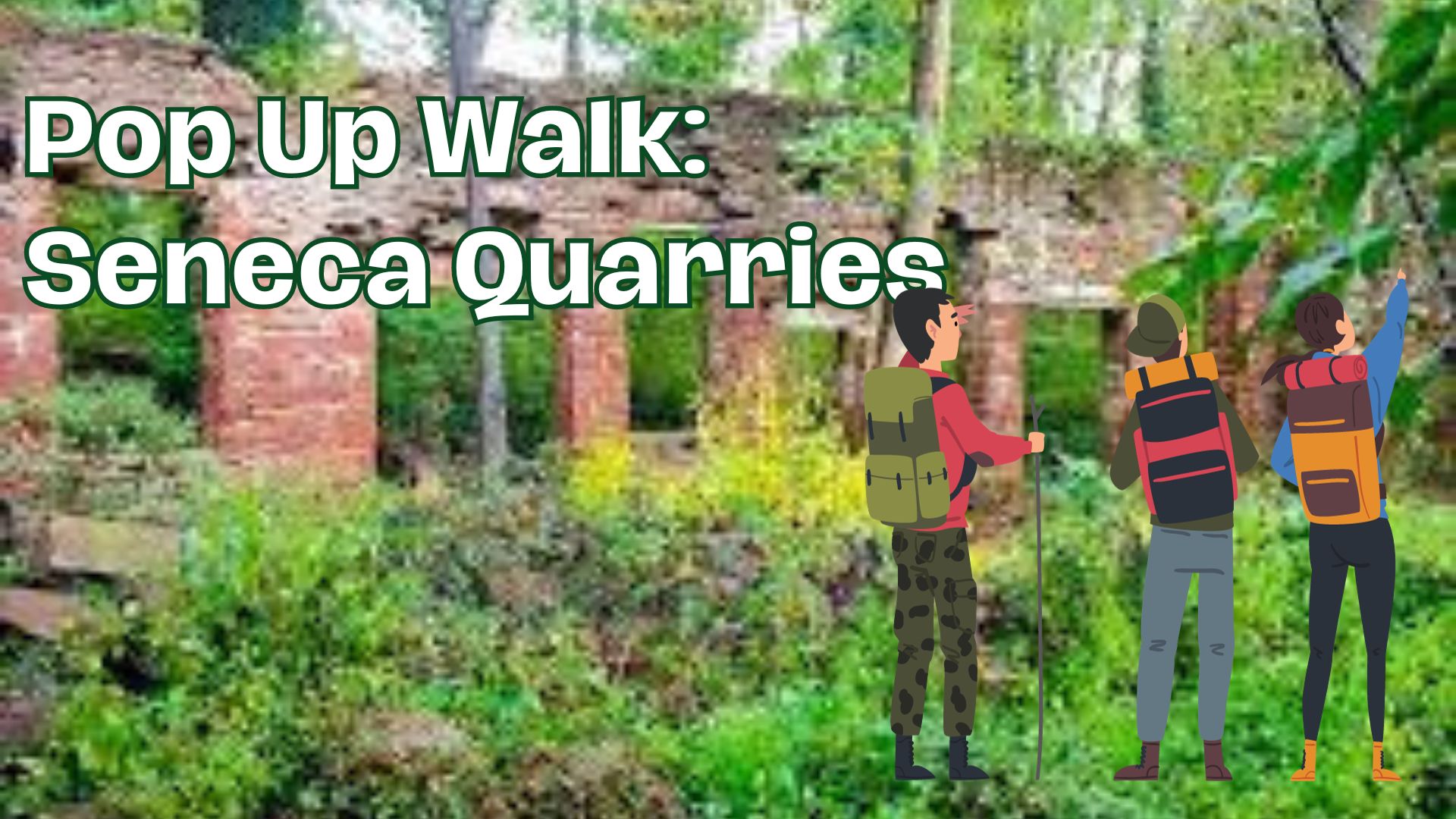Join Jon Wolz at 10:00 a.m. on Saturday, January 27th at Riley’s Lock where we will walk to the Seneca Stone Cutting Mill and then on to the Seneca Quarries. The stone cutting mill was constructed in two sections. The first one in 1837 and the second in 1867. Stones were cut at the mill and loaded onto canal boats for transport to Georgetown. The stones were used in several buildings in Washington, DC including the Smithsonian Castle. Stones from the quarry were used in building locks for the Potomac Canal and several C&O Canal locks.
There is a lot of overgrowth on the quarry cliffs, there may be wet/mudding spots along the way and there may be roots/rocks to watch out for. We will walk by the John P. C. Peter Quarry where the stones from this quarry were used to build the Seneca Aqueduct.
We will walk as far as Broad Run and view the Government Quarry. Stones from this quarry were used to build the Great Falls dam. There are no hills, and the walk is flat. The path will be difficult to follow at times. There is multifloral rose growing along the path. The total length of the hike will be about three miles round trip and should take about two hours.
Jon Wolz, our local expert on the C&O Canal and leader of our “pop-up” walks, has a long history with the canal. As a Montgomery Blair High School sophomore and Eagle Scout, he had already hiked the entire canal. In 1970, Jon was the Boy Scout chosen to testify before a Senate subcommittee on behalf of the bill to protect the C&O Canal as a National Historical Park. Maryland Congressmen Gilbert Gude and J. Glenn Beall sponsored the bill.
Since 2015 Jon has volunteered as a level walker with the C&O Canal Association (COCA). His two levels encompass the area from White’s Ferry to Monocacy Aqueduct.


